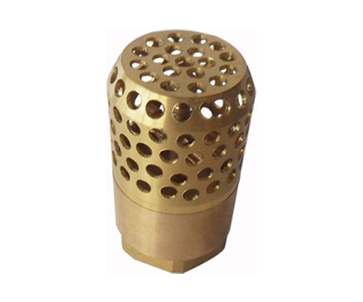A foot valve is a type of check valve that only allows one-way flow. You can use foot valves when you have situations that need a pump, such as when water needs to be extracted from an underground well. Foot valves are ideal for use in pools, ponds, and wells. Their typical materials include PVC, plastic, bronze, cast iron, and stainless steel.
 EN
EN





 Call us on:
Call us on:  Email Us:
Email Us:  No.68 Hezuo Road, Shijiazhuang City, Hebei Province, China
No.68 Hezuo Road, Shijiazhuang City, Hebei Province, China 